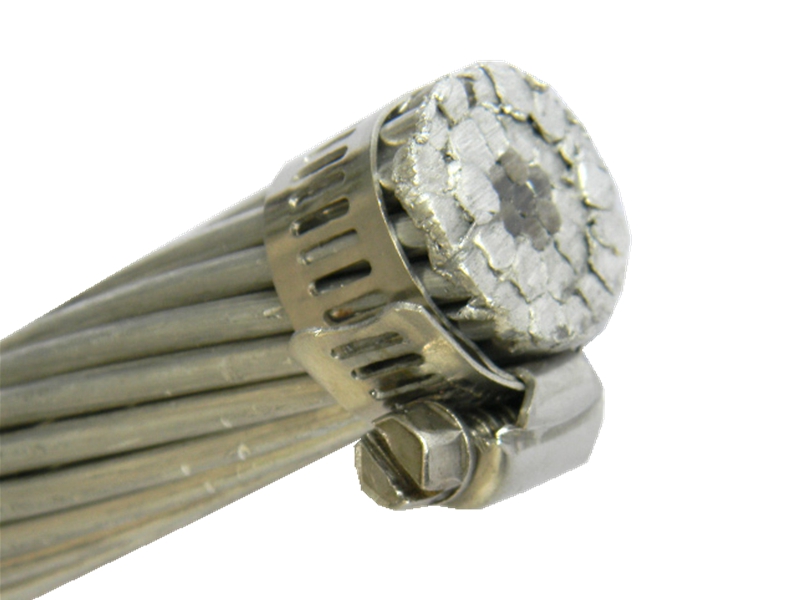ACSR, Aluminum Conductor Steel Reinforced
ACSR APPLICATION
ACSR – The full name: Aluminum Conductor Steel Reinforced. Aluminum Conductor Steel Reinforced is used as bare overhead transmission cable and as primary and secondary distribution cable. ACSR conductor used as bare overhead transmission conductor and as primary and secondary distribution conductor and messenger support.
FEATURES
ACSR conductors are recognized for their record of economy, dependability and favorable strength/weight ratio. ACSR conductors combine the light weight and good conductivity of aluminum with the high tensile strength and ruggedness of steel.
In line design, this can provide higher tensions, less sag and longer span lengths than obtainable with most other types of overhead conductors.
The steel strands are added as mechanical reinforcement. The cross-sections above illustrate some common stranding
Construction
ACSR is a composite concentric-lay-stranded conductor.
The steel strand or strands form the central core of the conductor, around which is stranded one
or more layers of aluminum 1350-H19 wires.
The steel core may consist of a single strand or a concentric-stranded cable of 7, 19, 37 or more
wires. The sizes and stranding listed on the following pages are those most frequently used for overhead lines.

acsr conductor construction

